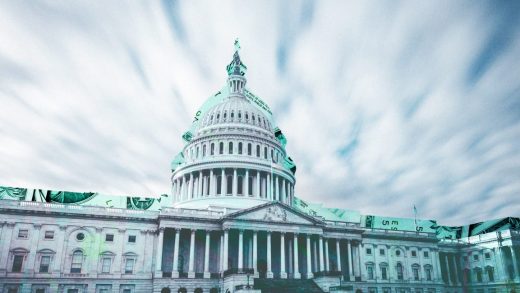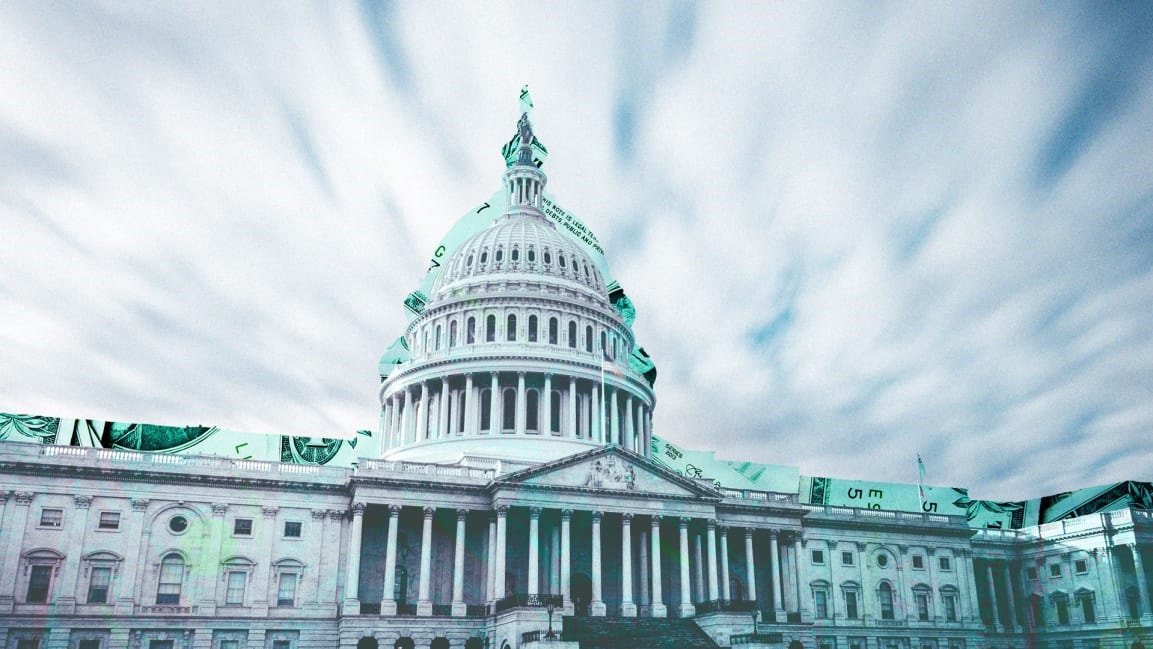What freelancers need to know about COVID-19 economic relief
As the U.S. sheds jobs at unprecedented levels, independent contractors, freelancers, and soloist self-employed workers are also watching work dry up and budgets freeze. However, unlike their salaried counterparts, contract workers typically don’t have some of the financial buffers that are available to employees who lose their jobs.
However, much of that changed with the Coronavirus Aid, Relief, and Economic Security (CARES) Act passed by Congress and signed into law by on March 27. The bill included a $2 trillion stimulus package with specific provisions for the self-employed. In addition, a number of state, local, industry, and private initiatives have cropped up to provide help for self-employed people. Here’s what you need to know:
Stimulus provisions
The stimulus package provided a number of measures to grant relief for small businesses. In addition, it also held options for independent contractors in its text, including the possibility of forgivable loans.
Economic Disaster Impact Loans (EIDLs): This program promises an advance of up to $10,000 on unsecured working capital loans. Businesses may apply for up to $2 million. The loans are intended to provide economic relief to businesses that have a temporary loss of revenue. Applications opened to small businesses (fewer than 500 employees for most industries) on April 3 and to independent contractors on April 10.
The SBA’s site says “funds will be made available following a successful application. This loan advance will not have to be repaid.” However, the loans must be used for fixed debts, such as rent; payroll; accounts payable; some bills the business cannot pay as a result of COVID-19’s impact. The simple application to get the process started can be found here. Supporting documentation, such as tax returns and a current year profit and loss statement, may be required.
Paycheck Protection Program Loans (PPP): Small businesses may apply for relief through the Paycheck Protection Program through any existing SBA 7(a) lender or through any federally insured depository institution, federally insured credit union, and Farm Credit System institution that is participating. Available through June 30, the PPP is designed to help small businesses meet payroll and benefit costs for up to eight weeks. The loans can also be used for mortgages, rent, and utilities. If the loans are used for such approved purposes, all or part of the loan may be forgiven.
Some financial institutions are focused on those customers with whom they have existing financial relationships. A statement issued by TD Bank reads, “Existing customers with a business deposit account or loan can apply for the PPP through TD. Those business customers without a business deposit account will be required to open one as part of TD’s PPP loan process. We will evaluate expanding this program to other eligible businesses in our Maine to Florida footprint as soon as possible.” Reports based on information from the SBA’s Massachusetts office indicated that EIDL advances would be adjusted to $1,000 per employee. (Attempts to reach the SBA for comment about these programs have been unsuccessful.)
Relief for existing SBA loans: If you already have an SBA loan, you may be eligible for relief. The CARES Act also earmarked $17 billion to cover up to six months of payments on existing 7(a), Community Advantage, 504, and microloan programs.
Expanded unemployment insurance options: The CARES Act also gave states the option to extend unemployment compensation—including the $600 weekly increase—to independent contractors, who are ordinarily ineligible for benefits. Contact your state unemployment office for details.
Unfortunately, while the direction to apply for relief seems straightforward, actually getting answers is more challenging. While EIDL advances were supposed to be forthcoming within days of application, it is unclear whether funds have begun to be disbursed. A release issued on April 9 by the National Federation of Independent Business (NFIB) said that 70% of small businesses had applied for PPP loans and nearly half applied for EIDLs, but none had yet received emergency grants.
Other grants and relief funds
In addition to resources provided by the CARES Act, a number of state, local, nonprofit, and corporate initiatives are available for independent contractors to seek relief. Finding them requires a mix of research skills and resourcefulness, says grant writer and expert Meredith Noble. She advises looking at industry groups and media roundups of grant-making groups. And she says that spending a little time creating the resources you’ll need to apply, including a thoughtful essay about why you need the funds, can pay off in the long run.
“They’re such short applications, a lot of these are really small form. So, it’s very tempting just do it really quickly, just bang it out,” she says. Instead, try a more organized approach that allows you to track your efforts and avoid rewriting the same pitch over and over. “Keep track of all of your responses in a separate [document], so you can repurpose that text quickly,” she says. Noble also produced a webinar on applying for grants.
A good place to start looking for such opportunities is with your state and local departments of economic development, with professional groups, and industry associations and industry-focused nonprofits. For creative freelancers, funds like Comedy Gives Back, the American Society of Journalists and Authors’ Writers Emergency Assistance Fund, PEN America Writers Emergency Fund, National Academy of Recording Arts and Sciences’ MusiCares Coronavirus Relief Fund, and others can meet short-term expenses. Freelancer’s Union, an advocacy group for independent workers, provides emergency grants. And corporations like Verizon, Hello Alice, and Facebook are also taking action. (Small businesses must have at least two employees to be eligible for the Facebook program.)
A number of websites, such as COVID-19 and Freelance Artists, Grantspace, Grantstation, and others have begun aggregating opportunities for small businesses, freelancers, and individuals.
Even with these initiatives, freelancers and independent contractors may run into delays, lack of funding, or other obstacles. “We have a lot of different relief efforts happening within different industries, trying to get money that is fundraised into the hands of workers who need it most,” says Rafael Espinal, executive director of New York City-based Freelancers Union. But aside from their ability to draw on their own credit and incur debt, relief is scattershot and insufficient. “I would say they’re in a really difficult situation right now.”
(56)



